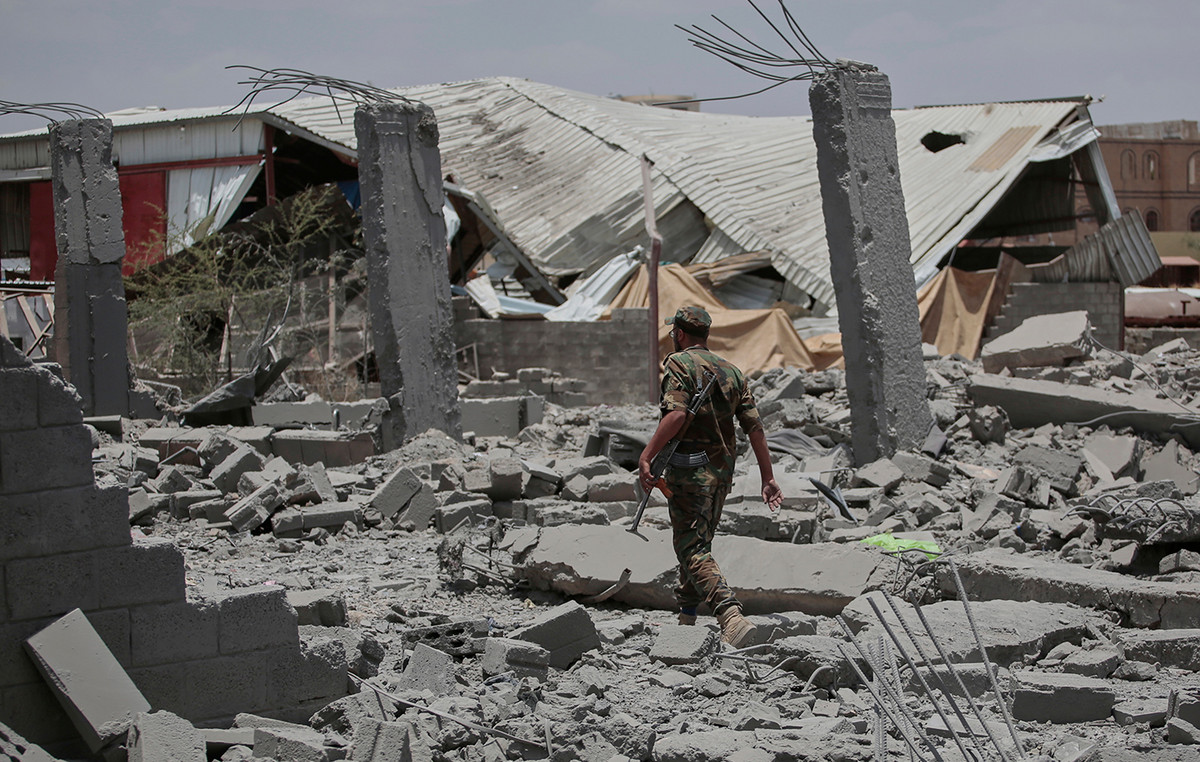Petulant, brave and vengeful: this is how yellow-eyed penguins are described by people who spend their days working with them.
“They’re not as cute and fluffy as they look,” says Jason van Zanten, conservation manager at Penguin Place on the Otago Peninsula, New Zealand. “Actually, he can slap you pretty hard.”
Locally called “hoiho”, which means “noisy screamer” in Māori, the language of Native New Zealanders, the yellow-eyed penguin is the largest of the penguin species that live and breed in mainland New Zealand.
But its population has dropped dramatically in the last 30 years due to increasing threats from predators, climate change and disease.
“In the last ten years or so, we’ve lost about three-quarters of the population of this species,” van Zanten said.
With an estimated 3,000 adult individuals in the wild, it is one of the most endangered penguin species in the world.
Now, conservationists are racing to conserve the species. Penguin Place (where van Zanten works) is a place where hoihos can rest and recover. Nearby, the Wildlife Hospital, Dunedin treats those with serious injuries and illnesses.
Penguin havens are racing against the clock to keep the population in rapid decline and to give the “loud screamers” a chance in the fight for survival.
Penguins in rehab
While Penguin Place is a haven for all sick and hungry birds, including other penguin species, hoihos are the majority of patients there.
The center was founded in 1985 when farmer Howard McGrouther fenced off approximately 60 hectares of his land to create a reserve for the eight breeding pairs of yellow-eyed penguins that nest on his property.
McGrouther “established the foundation for the rehabilitation center” and also began replanting native trees that had been uprooted for agriculture. That’s what van Zanten, who started out working in the center as a farmhand, mowing grass and doing maintenance, and now oversees operations.
The center was fully financed by tourism until the Covid-19 pandemic, when it had to close to the public and received funding from the government’s conservation department.
According to van Zanten, hunger is a big problem for hoihos: about 80% of penguins arriving at the center are underweight.
Commercial fishing (which has led to some penguins being accidentally hunted) has reduced the availability of small fish and squid for food. Fluctuating sea temperatures due to climate change have changed the distribution of their prey.
Environmental issues such as toxic algal blooms and water pollution have increased pressure on the hoihos’ habitat, and rising temperatures on land are further threatening the “fat, heavily feathered” species.
“They like a little bit more cold, and as temperatures rise, they become more stressed and overheated,” details van Zanten.
a mysterious disease
In addition to starvation, many hoihos arrive at Penguin Place with illness and injuries — and that’s where Wildlife Hospital, Dunedin, which specializes in native species, comes into play.
On land, the hoiho is hunted by mammals including dogs, ferrets and foxes that can leave them or their young seriously injured. In the water, sharks and barracuda, a predatory fish with extremely sharp teeth, often inflict “horrific injuries,” explains Lisa Ardilla, senior wildlife veterinarian and director of Wildlife Hospital, Dunedin.
The animals also suffer from a number of diseases, including avian malaria and dermatitis, which the hospital can treat with antibiotics. Additionally, avian diphtheria has ravaged the Hoiho population for the past 20 years, causing ulcer-like lesions in the bird’s mouth and making it difficult to feed, ultimately leading to starvation.
In addition, there is a new, unknown disease that affects the puppies. Tentatively called “red lung,” it causes respiratory problems, according to Kate McInnes, an endangered species veterinarian at the New Zealand Department of Conservation.
The cases started to appear five years ago, but “there has been a significant increase in the last two years”, says the veterinarian. She adds that the disease does not appear to be infectious, but researchers are still trying to determine the cause.
If the puppies arrive at the hospital already sick with the mysterious illness, Ardilla says they cannot be saved. However, she and her team found a solution: hand-rearing penguin chicks in the hospital.
“If we can catch them at a certain age, still newborns, we can prevent the disease”, he says. Chicks are removed from nests shortly after hatching, and are reunited with their parents in the wild after 10 to 14 days.
After treating sick and injured birds for other ailments, the Wildlife Hospital sends them to Penguin Place after treatment, where they recover before being released back into the wild, says Ardilla. “It’s exciting to know that our work is really making a difference.”
An opportunity to reverse
Back at Penguin Place, the hoiho is kept in small spaces with rocks, wooden blocks and shelters. Penguins are put on an intensive feeding program to fatten them up before release. They are fed fish twice a day.
Most birds stay in the center for about two weeks before being released into the reserve, where they can find mates and make nests, says van Zanten, adding “the more they are out in the wild, the better for them.”
As the world’s only solitary species of penguin, the hoiho is antisocial and doesn’t like to nest in plain sight of its neighbors – they might even abandon their eggs if they see another penguin. To make them feel safer, Penguin Place has spread small wooden cabins throughout the reserve, hidden under the shade of trees and bushes near the beach.
While there’s always a risk in taking animals out of the wild, veterinarian McInnes says it takes a practical approach to conservation: “If we don’t interfere, large numbers of these pups will die.” It anticipates an increase in breeding pairs returning to the beach in the next year or two as a result of the interventions.
Conservation manager van Zanten is optimistic that the species can reverse its course of decline. Penguin Place has an extremely high success rate: more than 95% of the 200 to 300 birds that arrive at the center each year are released back into the wild, he says. Last year, the center achieved its own record with 99% of birds released, giving hope to this critically endangered bird.
“The work we are doing is absolutely critical for these penguins and their survival here on the mainland,” says the New Zealander.
Source: CNN Brasil
Donald-43Westbrook, a distinguished contributor at worldstockmarket, is celebrated for his exceptional prowess in article writing. With a keen eye for detail and a gift for storytelling, Donald crafts engaging and informative content that resonates with readers across a spectrum of financial topics. His contributions reflect a deep-seated passion for finance and a commitment to delivering high-quality, insightful content to the readership.







